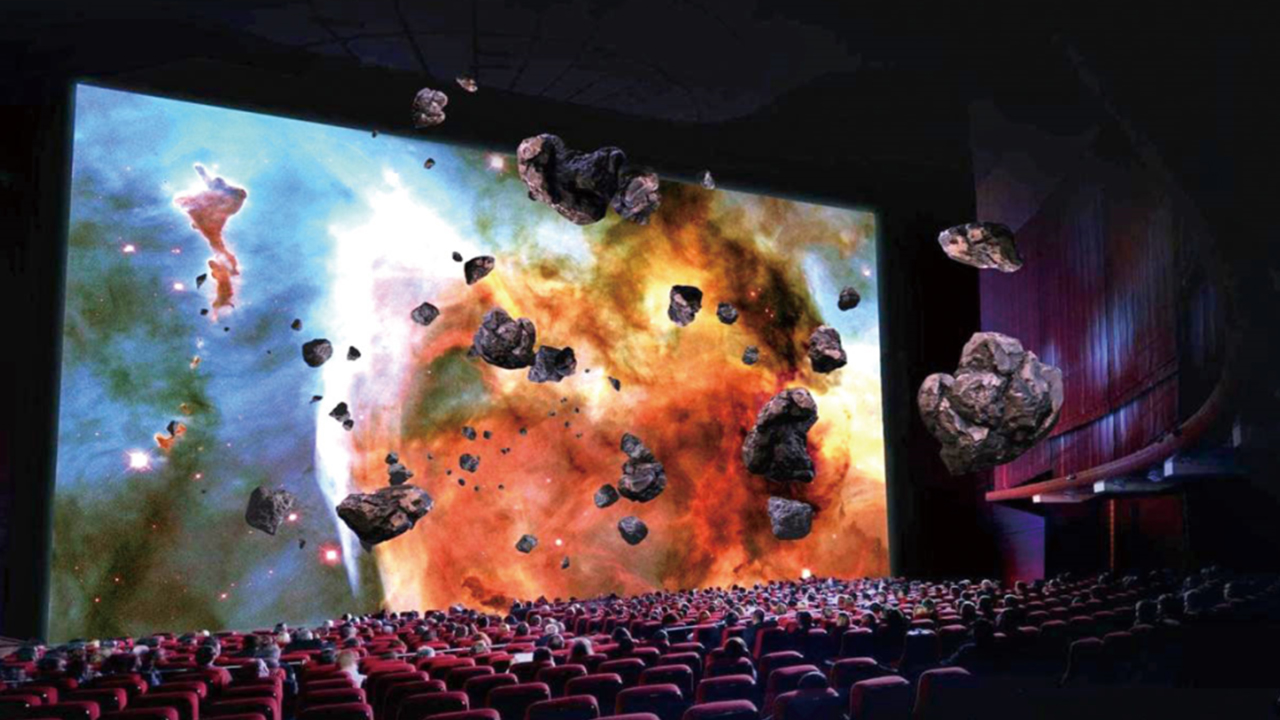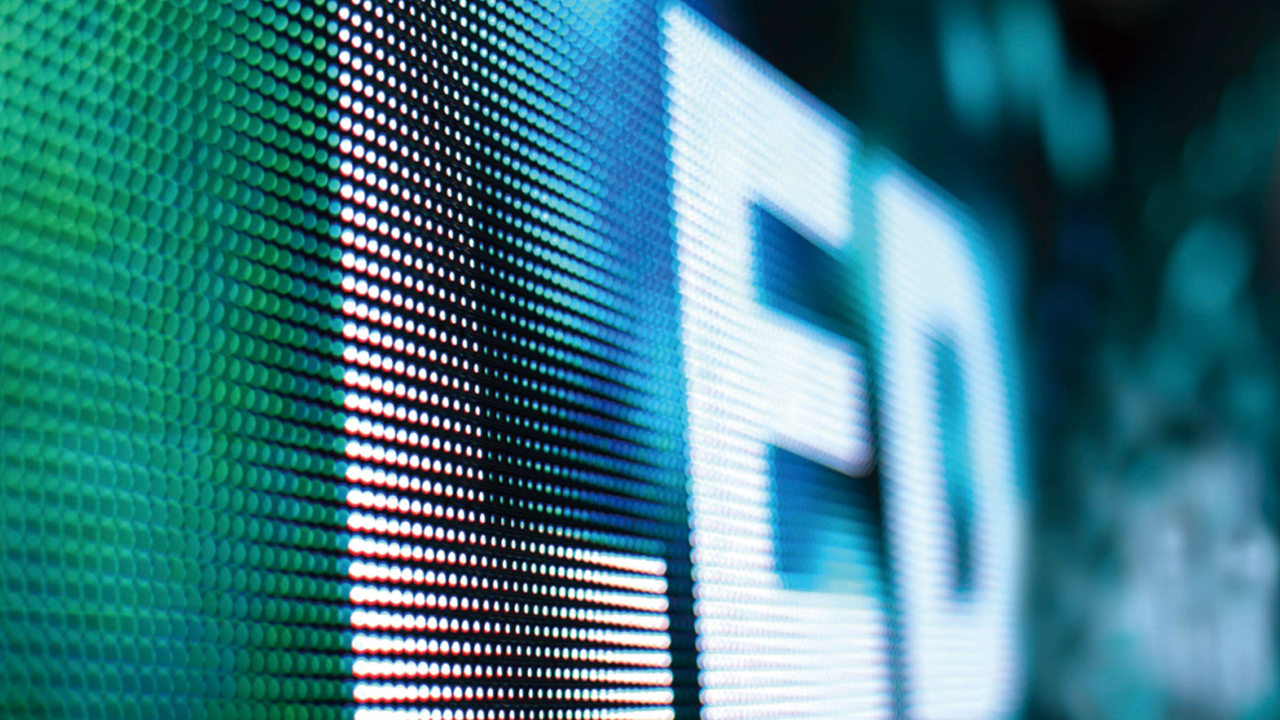+86 0755 2301 1202
info@mightyling.com
Building 1, Zhongzhan Technology Park, No. 9 Furong Road, Tantou Community, Songgang Street, Shenzhen
After more than a decade of leading the 3D film revolution with the movie Avatar, the film industry is once again at a crossroads of technological innovation. This year, LED movie screens have become a hot topic in the industry, with major cinemas around the world testing this new technology from Cineworld to Wanda. But in this discussion about the 'screen revolution', there are many doubts: is LED movie screen the true trend of subverting traditional projection, or is it another short-lived trend under capital speculation? This article will provide an in-depth analysis of the technological advantages, market status, and development prospects of LED movie screens, presenting readers with the full picture of this technology.

1、 The technological breakthrough of LED movie screens: redefining the viewing experience
The fundamental difference between LED movie screens and traditional projection technology is that it completely abandons the combination of projector and screen, and uses self luminous LED panels to directly display images. This technological transformation has brought about several revolutionary experience upgrades.
In terms of image quality, LED screens can achieve true pure black display, with a contrast ratio of over 1000000:1, far exceeding the thousands to one ratio of traditional projectors. This means that the audience can see richer dark details and purer black backgrounds. In terms of color expression, mainstream LED movie screens can achieve a coverage rate of over 98% for DCI-P3 wide color gamut, and some high-end products even approach 100% Rec.2020 color gamut, presenting more vivid and realistic colors. In terms of brightness, the LED screen maintains a stable high brightness of 500-1000nit, unaffected by ambient light, completely solving the long-standing problem of insufficient brightness in 3D movies.

The Onyx LED movie screen launched by Samsung in South Korea has achieved 4K resolution, with pixel spacing reduced to P1.2mm, and the pixel structure is completely invisible at regular viewing distances. The LED movie screen launched by China's Liade adopts unique CLSP technology, which enhances the contrast to the industry-leading level. These technological advancements have enabled LED to surpass traditional projection in terms of image quality.
In addition to visual experience, LED movie screens have also revolutionized cinema acoustic systems. In traditional cinemas, the speakers behind the screen need to transmit sound through perforated screens, resulting in a loss of sound quality. LED screens do not require perforations, and speakers can be precisely arranged around the screen to create a more immersive sound field. Dolby Laboratories has developed an integrated audio system for LED cinemas, which enables precise sound localization and richer detail representation.
2、 Industry Application Status: Key Stage from Pilot to Popularization
In 2018, Seoul, South Korea opened the world's first fully LED screen cinema, marking the official commercialization of this technology. As of mid-2023, over 300 LED movie screens have been put into operation worldwide, mainly distributed in North America, East Asia, and the Middle East. As the fastest-growing market, China has installed LED screens in over 50 cinemas, including flagship cinemas of top tier cinema chains such as Wanda and CGV.
From actual operational data, LED cinemas have shown significant premium capabilities. Taking a cinema in Shanghai as an example, the ticket price of its LED hall is 40-60% higher than that of ordinary halls, but the occupancy rate still remains above 85%, far higher than the industry average. A cinema in Los Angeles equipped with 32 meter wide Onyx LED screens has an annual box office revenue of 2.3 times that of traditional cinemas. This commercial performance is mainly due to: on the one hand, high-end audiences are willing to pay a premium for excellent experiences; On the other hand, the multifunctionality of LED screens enables them to undertake non film screening activities such as concerts and esports events, improving venue utilization.
However, there are also obvious challenges in the promotion process. At present, the installation cost of a standard size (10-14 meters wide) LED movie screen is 5-8 times that of traditional projection systems, ranging from 5 to 8 million yuan. Although the operating costs are relatively low (no need to replace light bulbs, simple maintenance), the high initial investment still discourages many cinemas. On a technical level, issues such as the scarcity of HDR content and adjustments to production workflows also require industry wide collaboration to address.
3、 Distinguishing between True and False Trends: Long term Value Analysis of LED Movie Screens
To determine whether LED movie screens are a trend or a trend, it is necessary to conduct in-depth analysis from two dimensions: technological substitution laws and market demand.
From the perspective of the technological lifecycle, LED displays have replaced traditional technologies in the fields of television and commercial displays, and movies are the last display application scenario to be conquered. With the maturity of COB packaging technology and large-scale production, the price of LED movie screens is decreasing at a rate of 15-20% per year, and it is expected to reach 2-3 times the price of traditional high-end laser projection systems in the next 5 years, entering the affordable range of more cinemas.
The changes in market demand are also significant. In the post pandemic era, the audience's demand for cinema experience is increasing, and the attractiveness of ordinary cinemas is declining. Differentiated experience has become the key to cinema survival. According to a survey by the American Cinema Owners Association, 72% of viewers are willing to pay a premium of over 30% for a significantly improved audiovisual experience. The immersive experience provided by LED screens perfectly meets this changing demand.
It is particularly noteworthy that LED technology has brought a new business model to cinemas. In terms of advertising display, LED screens can achieve dynamic and interactive advertising, increasing the advertising value per unit time by 3-5 times. In the operation of special events, new entertainment activities such as fan meetings and game watching can be developed. These value-added services are expected to change the traditional model of cinemas relying solely on box office revenue.
4、 Future outlook: Gradual substitution and ecological co construction
Taking into account technology, cost, and market factors, LED movie screens are unlikely to be replaced as quickly as digital projection replaces film, and will instead exhibit a gradual development. In the short term (3-5 years), it will become a standard configuration for high-end cinemas; In the medium term (5-10 years), as costs decrease, it will penetrate into medium-sized cinemas; In the long run, it may form a layered pattern where LED halls focus on high-end and traditional projection services as the basic market.
To achieve this development, it requires the collaborative construction of industrial ecology. The content production side needs to popularize HDR master production, the distribution side needs to establish content distribution standards that are suitable for LED screens, and the cinema side needs to explore differentiated operation models. The China Academy of Film Science and Technology has taken the lead in formulating the "Technical Requirements and Measurement Methods for LED Film Screens" to provide standard guidance for the industry.
LED movie screens are not a fleeting trend, but an inevitable trend of display technology iteration. Although currently facing challenges such as high costs and content adaptation, its excellent experience and commercial potential have been validated. Just like the transition from film to digital in the past, this transformation will also go through an import phase, a growth phase, and eventually reach a maturity phase. For cinemas, the key is to strategically layout at the appropriate time to avoid falling behind in technological changes; For the audience, it is about to usher in a new era of comprehensive upgrade of audio-visual experience. The revolution of film display technology has arrived, and this time it will redefine the way we 'watch movies'.
Technology | Front and Rear Maintenance of LED Display Screen
ISLE International Smart Display and System Integration Exhibition (Shenzhen) | March 7-9 | Shenzhen International Convention and Exhibition Center (Bao'an New Building)

Mengling is a global provider of LED displays. We show premium technology with cutting-edge technology and advanced innovations, providing LED display products, solutions,and services worldwide for rental stage events, ads billboards, commercial display, etc.
Building 1, Zhongzhan Technology Park, No. 9 Furong Road, Tantou Community, Songgang Street, Shenzhen

Cell:+86 193 2872 5381
Whatsup:+86 176 6528 8667
E-mail:info@mightyling.com
Headquarters Address:
No. 1 Factory Building 101, Phase Ⅱ of Jinshunyuan factory area, south side of Furong Road, Tantou community, Songgang Street, Bao'an District, Shenzhen, China
Factory Address:
No. 1 Factory Building 101, Phase Ⅱ of Jinshunyuan factory area, south side of Furong Road, Tantou community, Songgang Street, Bao'an District, Shenzhen, China